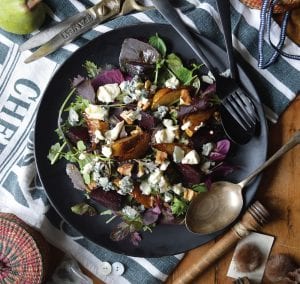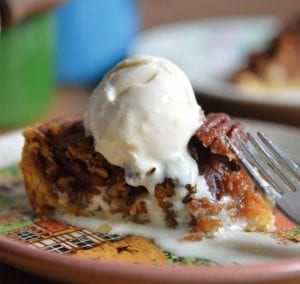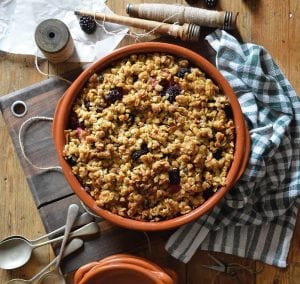Coeliac disease (CD) is not a minor ‘intolerance’ to gluten, it is an autoimmune condition in which the body’s immune system attacks the small intestine, reducing the ability of the body to absorb nutrients from food. If left undetected, CD has the potential to cause significant long-term health complications. CD is one of the most common lifelong disorders in north America and Europe and only one in eight coeliacs are ever diagnosed. These are disturbing facts.
Diagnosis of CD currently requires a positive blood test and then subsequently the detection of damage to the small intestine via an endoscopy. The first problem is that less than 50% of coeliacs are presenting with the classical symptoms of diarrhoea and abdominal cramping. The majority of coeliacs are ‘silent’ in their presentation – no overt digestive symptoms but signs and symptoms including anaemia, osteoporosis, arthritis, neurological degradation, depression, fertility issues, migraines and chronic kidney disease. This is likely to have a significant impact on whether testing for CD is even considered.
The next potential issue is with the blood testing itself. The standard NHS test for CD is good if you are presenting with significant damage to the small intestine and your immune system is functioning properly. We know, however, that damage to the small intestine is gradual and can take years or even decades to manifest; the immune system is often underperforming and the markers measured for are not broad enough. This can lead to very high rates of false negative results (up to 70%), which is dangerous if you are told it is fine to consume gluten when in fact it is not! Remember you have to be eating gluten and not taking any steroid or immune-supressing medication for any blood test to have half a chance of picking up an issue.
Finally, it is possible to have positive blood markers for CD and no small intestine damage – ‘latent’ CD (over and above the fact that the biopsies can often miss ‘damaged’ areas of the small intestine). Is it any wonder CD is such a poorly diagnosed and managed condition?
Call Mark BSc (Hons) BA (Hons) mBANT CNHC on 01183 219533 or visit www.entirewellbeing.com













